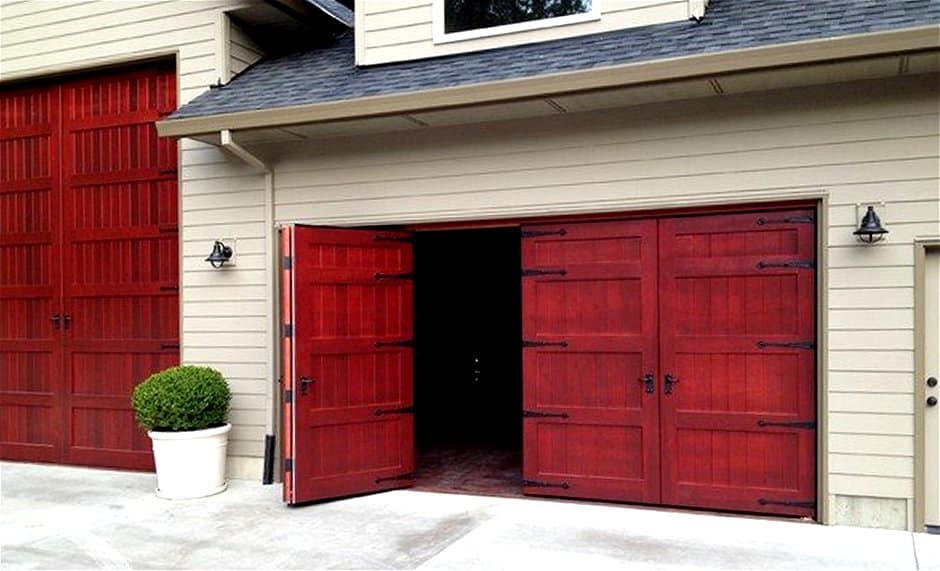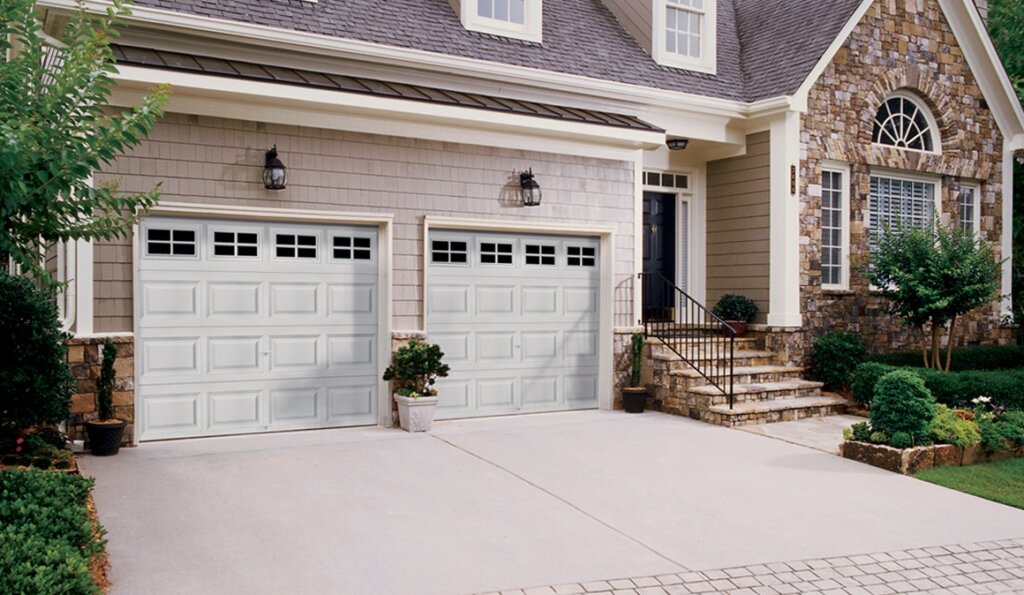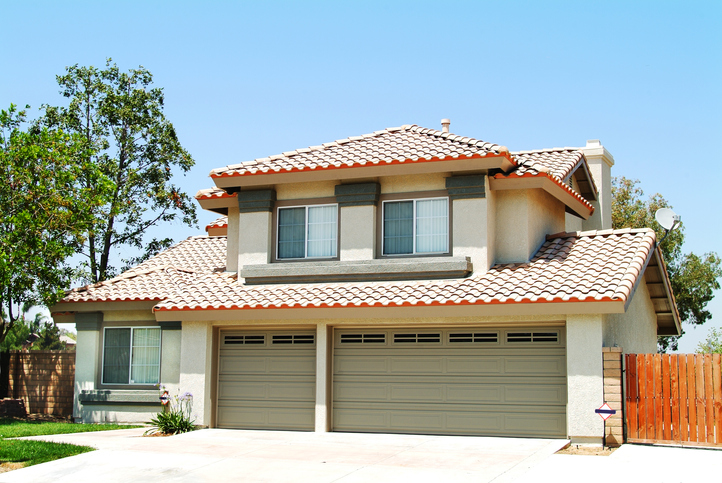
Guide to Garage Door Insulation for Hot Climates in 2024
With increasing temperatures worldwide, insulating your garage door is becoming a critical step for homeowners in hot climates aiming to maintain a comfortable living environment. The garage often acts as a primary entry point for heat, influencing the temperature inside the entire home. Proper insulation not only helps in keeping the garage cool but also reduces the workload on your air conditioning system, leading to significant energy savings.
This measure enhances the usability of your garage space, protects stored items from heat damage, and improves overall home comfort. In this guide, we will explore the best garage door insulation materials available in 2024, designed to tackle the challenges of hot climates effectively. We will also provide practical tips for installation and maintenance to maximize the benefits of your insulation. By understanding and implementing the right insulation strategies, you can achieve a more energy-efficient and comfortable home.
Why Insulate Your Garage Door?

In hot climates, the sun’s intense rays can cause the temperature inside a garage to soar, affecting the home’s internal temperature. Insulating your garage door helps:
- Reduce energy consumption: By maintaining a more stable temperature in the garage, your air conditioning system won’t have to work as hard, leading to lower energy bills.
- Increase comfort: A cooler garage can be used as a workspace or recreational area, not just for storage.
- Protect belongings: Heat can damage cars, tools, and other items stored in the garage. Insulation protects these items from extreme temperatures.
Top Garage Door Insulation Materials for 2024
- Reflective Foil Insulation: This consists of layers of reflective foil that can reflect radiant heat, making it ideal for hot climates. It’s lightweight, easy to install, and effective at reducing heat gain from the sun.
- Polystyrene Foam Panels: These rigid panels offer good thermal resistance and are cut to fit the garage door panels. While they are more cumbersome to install than reflective foil, they provide excellent insulation and can also help reduce noise.
- Polyurethane Foam: Known for its high thermal resistance, this foam is typically sprayed between the garage door panels, expanding to fill the space. This option provides superior insulation and adds structural rigidity to the garage door.
- Fiberglass Panels: Like the insulation used in home attics, fiberglass panels can be fitted into the garage door frame. While effective, they require careful handling to avoid irritation from fiberglass particles.
Where to Buy Best Garage Door Insulation

To find the best garage door insulation to purchase in 2024, you can start by looking at a few key resources and retailers:
- Online Retailers: Websites like Amazon, Home Depot, and Lowe’s offer a wide range of garage door insulation kits. These sites also provide customer reviews which can help you assess the effectiveness and ease of installation of different products.
- Local Hardware Stores: Visiting a local hardware store like Ace Hardware or a local building supply store can allow you to speak directly with experts who can offer advice based on your specific needs and climate.
- Specialty Stores: Companies specializing in home or garage-specific solutions may offer higher quality or more advanced insulation technology. It’s worth looking into specialty retailers or even manufacturers’ websites.
- Comparison and Review Sites: Websites specializing in product reviews and comparisons can be very helpful. They often provide detailed analyses of product performance, including insulation effectiveness, durability, and value for money.
Consider the R-value (a measure of thermal resistance) you need based on your climate, the material’s ease of installation, and whether it is designed for the specific type of garage door you have (e.g., metal or wood). Comparing prices, customer reviews, and product specifications can help ensure you get the best product for your needs.
Installation Tips
- Measure accurately: Before purchasing insulation, measure the size of each panel on your garage door to ensure a proper fit.
- Choose the right R-value: In insulation, the R-value measures resistance to heat flow. The higher the R-value, the better the insulation. Look for products with a higher R-value for hot climates.
- Seal gaps and cracks: Complement your insulation by sealing gaps around the garage door with weather stripping and caulk to prevent hot air from leaking in.
Maintenance and Sustainability
In 2024, sustainability is a key consideration for many homeowners. When choosing insulation materials, consider products that are made from recycled materials and are themselves recyclable. Maintenance of garage door insulation is typically minimal, but it’s important to periodically check for and repair any damaged insulation to maintain its effectiveness.
Does Garage Door Insulation Really Work
Yes, garage door insulation works and can be quite effective in improving your home’s energy efficiency. Here’s how it benefits you:
- Temperature Regulation: Insulation helps maintain a more consistent temperature inside the garage by reducing heat loss during winter and keeping it cooler during summer. This is particularly beneficial if your garage is attached to your home, as it can influence the overall climate control in your house.
- Energy Efficiency: By stabilizing the temperature, garage door insulation can reduce the load on your home’s heating and cooling systems. This can lead to lower energy bills, as your HVAC system won’t have to work as hard to maintain your desired indoor temperature.
- Noise Reduction: Insulating your garage door can also help reduce noise from outside and inside. This can be a significant benefit if your garage is used as a workshop or if you live in a noisy neighborhood.
- Increased Comfort: For those using the garage as a workspace or for recreational activities, insulation makes the space more comfortable and usable throughout the year.
- Protection of Stored Items: Temperature fluctuations and condensation can damage tools, vehicles, and other items stored in the garage. Insulation helps to mitigate these issues by reducing the amount of condensation and maintaining more stable temperature levels.
The effectiveness of garage door insulation largely depends on the quality of the insulation material (indicated by its R-value), proper installation, and the overall sealing of the garage. High R-value materials will offer better thermal resistance, and ensuring that the insulation is correctly installed with minimal gaps can maximize its benefits.
Conclusion
Choosing the right garage door insulation is a significant decision for homeowners in hot climates who are keen on improving their home’s energy efficiency and comfort. This guide has highlighted the best materials and installation practices available in 2024, each tailored to address the unique challenges of intense heat. By selecting suitable insulation, you can not only enhance the functionality and comfort of your garage but also contribute to substantial energy savings.
Proper installation and regular maintenance further optimize the performance and longevity of your insulation. Ultimately, investing in the right garage door insulation not only elevates the comfort of your living space but also supports your overall energy-saving goals, making it a wise and practical decision for any homeowner.



